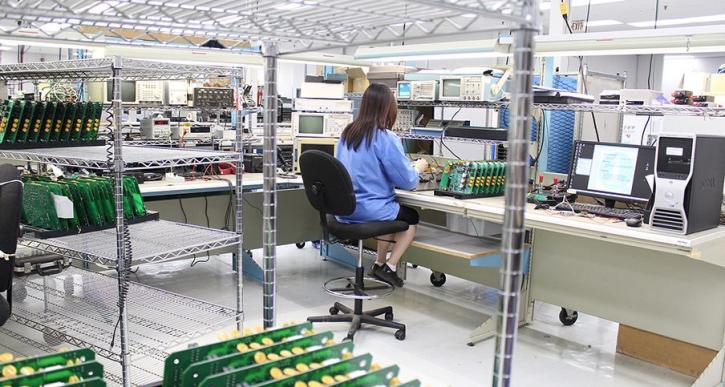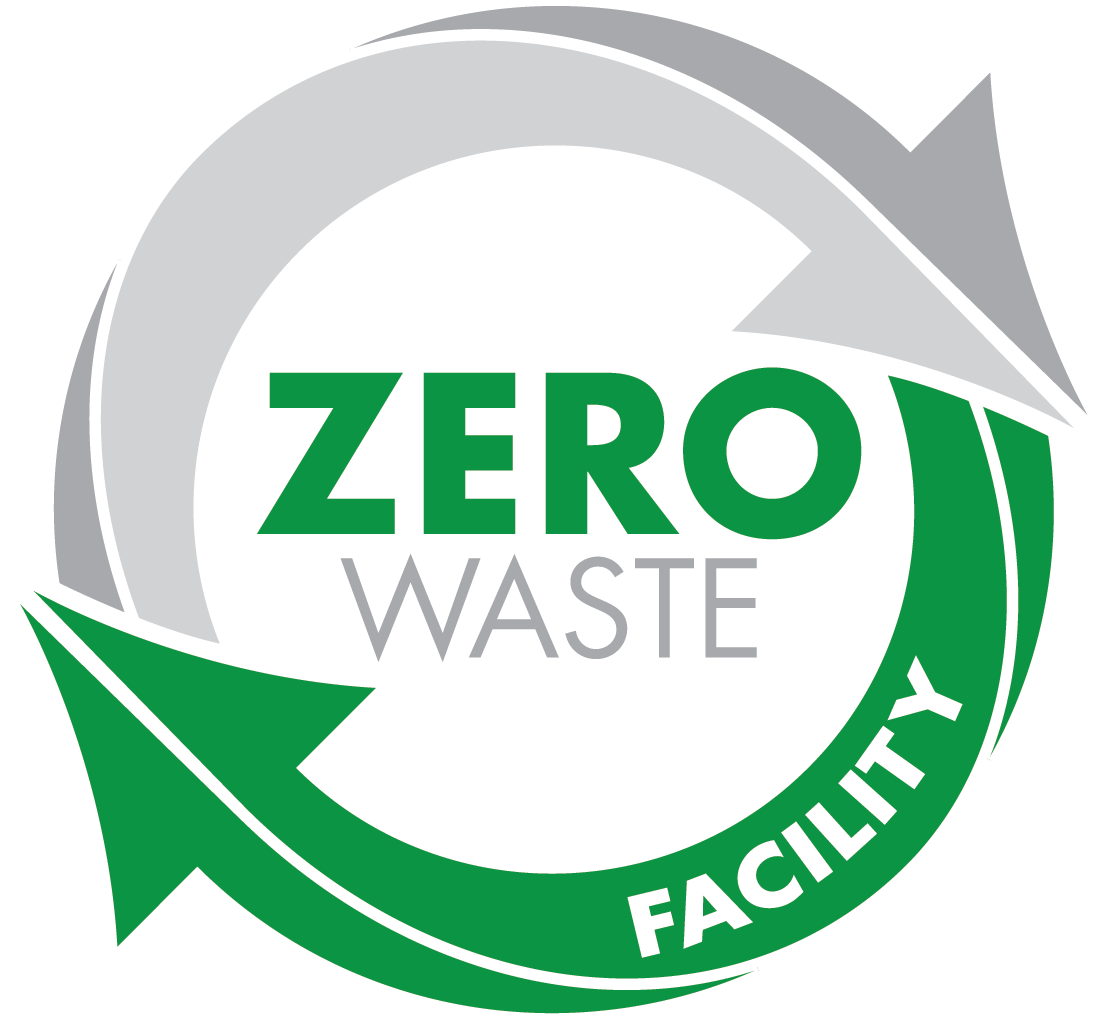Blog

Printed circuit board testing is so crucial a step in PCB manufacturing that it is best considered a part of production itself, rather than a separate quality control measure. We have previously written about printed circuit board testing, specifically the Automated Optical Inspection and Function Test. Whereas the former uses optical methods to determine if PCB assembly is up to spec, allowing corrections to be made in case of any imperfections; the latter printed circuit board testing is performed at the end of manufacturing. FCT is far more time consuming a test, but also much more thorough, making sure only functional boards are shipped to customers.
However, in this article we look at where printed circuit board testing will have to go here onwards. Whereas the aforementioned means of testing are effective for singularly contained boards with specific purposes, PCBs are being asked to become less specialized and far more connected in their operation.
Smaller devices, connected devices and equipment needing to be more tolerant of heat, vibration and contamination will require stricter and broader printed circuit board testing than at present.
The ‘Internet of Things’ could be a bit of a misleading concept if one tries to shoehorn it into the commercial and industrial environment, it is not as if it is not influencing how the future of industry is perceived. Specifically, Industry 4.0 imbibes many of the core philosophies of IoT – those of communication, networking and centralized and automated decision-making.
PCBs will be expected to incorporate at least some System-on-Chip functionality, not least wireless communication protocols; be expected to perform in remote locations; and in closer proximity to harsher environments.
Printed circuit board testing will therefore have to incorporate new means of testing these new facets. For instance, adequate compliance with communication standards, range and power consumption will be important determinants of board performance too. Reliable and prolonged operation in heat and vibration will require more robust circuitry; qualitative and quantitative elements that cannot be adequately assessed post-production by traditional printed circuit board testing.
A simple example is using radio frequency and certification by the Federal Communications Commission (FCC). To meet stringent radio emissions requirements, not only must printed circuit board testing check to see if the transmitter and receiver are operational, but also that there are no stray emissions emanating from the device. Couple that with wireless communication can be influenced and distorted by elements on and surrounding the PCB, and printed circuit board testing will have to change not only in scope but also in approach.





